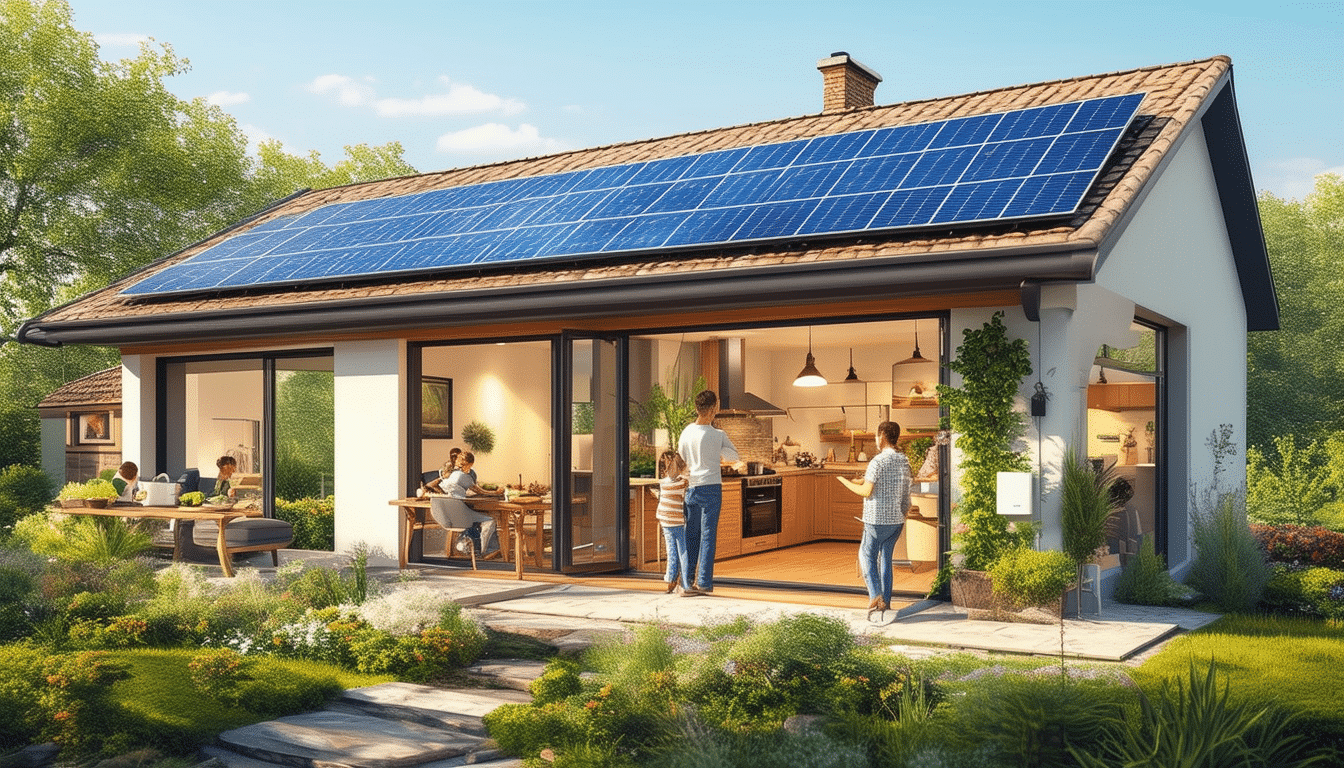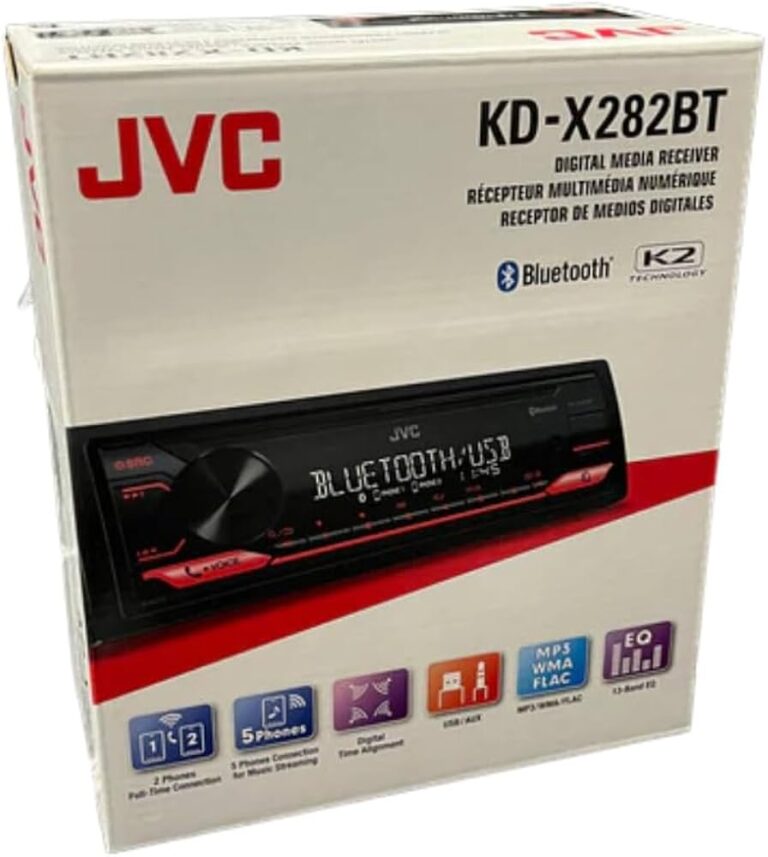How to implement energy efficiency measures at home

Energy efficiency in the home is a key strategy to reduce energy consumption and minimize environmental impact. Implementing effective measures not only helps to care for the planet but also assists in lowering energy bills. From improving thermal insulation to choosing energy-efficient appliances, there are various actions that each person can adopt to optimize energy use in their homes. Below, some practical recommendations will be explored to achieve a more sustainable and efficient house.
The implementation of energy efficiency measures in the home not only contributes to environmental conservation but also generates significant savings on the energy bill. There are various strategies that can be easily applied, ranging from improving thermal insulation, using efficient appliances, to optimizing the use of lighting. Through this article, different ways to achieve greater energy efficiency in the home will be explored.
Improve thermal insulation
One of the first actions to consider is improving the thermal insulation of the home. This step is crucial since good insulation helps maintain the proper temperature indoors without overly relying on heating or cooling systems. Materials such as mineral wool, polyurethane foam, or even new double-glazed windows that reduce heat loss can be used. Ensuring that doors and windows are properly sealed can significantly increase the home’s energy efficiency, preventing leaks that increase energy consumption.
Use of LED lighting
Another fundamental aspect is lighting. Replacing traditional bulbs with LED lights not only reduces energy consumption but also provides much longer lifespans. These bulbs consume up to 80% less energy than conventional ones and offer excellent light quality. Additionally, it is advisable to take full advantage of natural light during the day by opening curtains and blinds and designing spaces that allow for its entry.
Energy-efficient appliances
It is essential to choose appliances that have an energy efficiency label. These devices are designed to consume less electricity compared to older models. When selecting appliances such as refrigerators, washing machines, and ovens, attention should be paid to their energy rating, indicated by letters, with “A” or “A+” being the most efficient. Moreover, it is recommended to use these appliances during off-peak hours, when energy rates are lower.
Adjusting temperature
Setting the optimal temperature in the home is vital. Keeping the thermostat at 19ºC during winter, along with wearing appropriate clothing, provides an ideal comfort level without excessive spending. It is advisable to turn off heating while sleeping or when no one is home. Investing in smart thermostats can help regulate the temperature more efficiently and automatically, adjusting to the habits of the home’s occupants.
Reducing water consumption
Energy efficiency also encompasses optimizing water consumption, which in turn affects energy spending. Installing water-saving systems such as faucets and showers that limit flow, as well as toilets that use less water per flush, can result in significant reductions in thermal energy use. By reducing the amount of hot water used, energy and money can be saved.
Utilizing renewable energy
Implementing sources of renewable energy is an excellent way to increase energy efficiency. Installing solar panels can reduce dependence on the electrical grid and, at the same time, significantly lower the energy bill. Many governments offer incentives for the installation of these systems, which can facilitate their implementation in the home.
Regular maintenance of electrical systems and appliances
Finally, keeping all appliances and electrical systems in good condition is fundamental. Carrying out regular maintenance can increase efficiency and prolong equipment lifespan. For example, cleaning air conditioning filters, checking the state of ventilation ducts, and ensuring there are no leaks in the pipes contribute to a more efficient home.
For more information on the impact of energy efficiency, additional resources can be consulted on specialized sites like Automotores Rev which offer analyses on the economic benefits associated.
The implementation of energy efficiency measures in the home is an effective strategy to reduce energy consumption and decrease costs on bills. Starting by improving the thermal insulation of walls, windows, and ceilings is essential. A well-insulated home maintains internal temperature, avoiding excessive use of heating or air conditioning.
Another key aspect is replacing traditional lighting with more modern technologies such as LED bulbs, which consume up to 80% less energy. Additionally, it is advisable to choose energy-efficient appliances that are labeled with the appropriate energy class, such as A+++.
Temperature control in the home also plays a crucial role. Keeping a temperature of around 19ºC during the day and wearing appropriate clothing can significantly contribute to energy savings. Turning off heating at night or installing programmable thermostats are actions that facilitate this control.
Closing doors and windows properly and ensuring that there are no drafts also helps to keep warmth in winter and coolness in summer. Additionally, the use of water-saving systems is recommended, which not only reduces the consumption of this resource but also decreases the energy used to heat water.
Finally, involving all household members in energy-saving practices creates a more conscious and collaborative environment. Education on the responsible use of energy and the consequences of waste is essential to foster real change in our daily habits.




